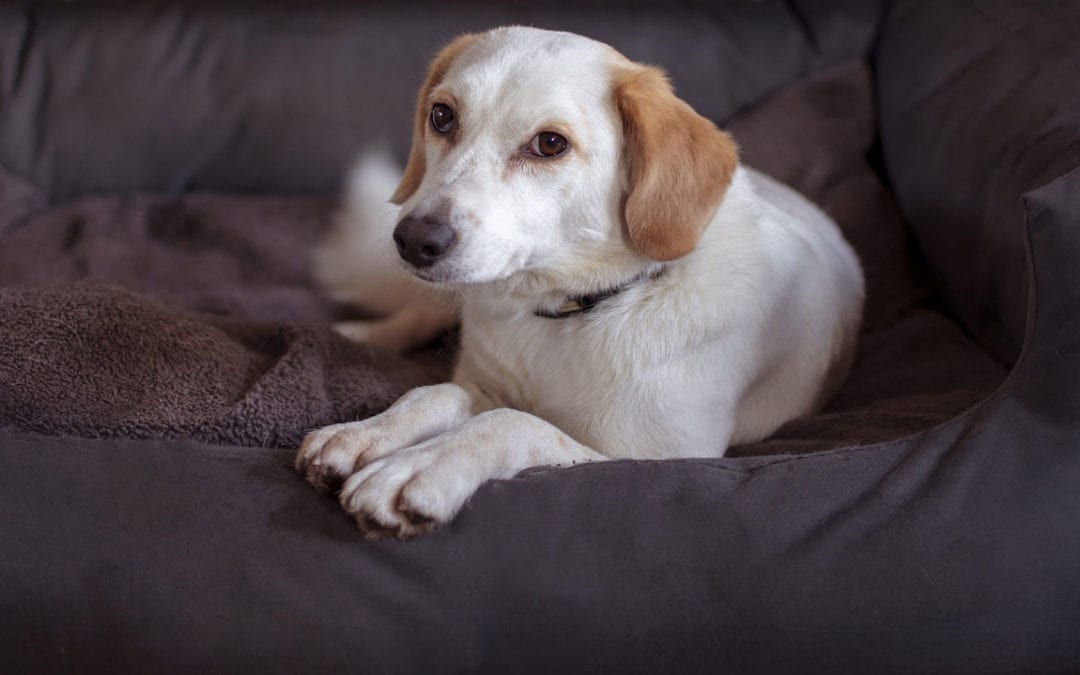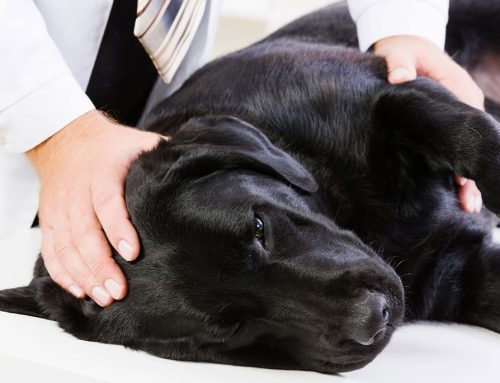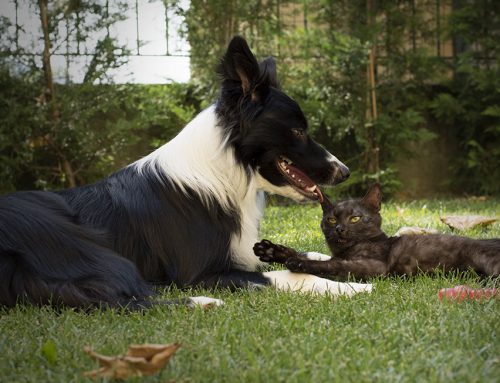By Diana Pacheco, CVT CCRP
Has your dog recently been diagnosed with Degenerative Myelopathy (DM)? Let us give you a little insight into the disease process and how we can help you and your pet through the progression of this disease.
The signs of this disease process (ataxia, hind limb weakness, toe nail scuffing or knuckling in one or both rear limbs) are similar to other spinal cord diseases. This is why it is important to rule out these disorders. We would be happy to go over the different options that are available to distinguish between diseases.
Degenerative Myelopathy is a progressive degenerative disease that is passed on from both parents to the offspring. DM is caused by a genetic mutation, similar to ALS or Lou Gehrig’s Disease.* Although, the cause of the disease is not known recent research has found a possible genetic link. There are specific breeds that Degenerative Myelopathy more commonly affect like Boxers, Corgis, Rhodesian Ridgebacks and German Shepherds: although there are documented cases of the mutated gene in a number of different breed dogs. The disease typically appears at between 5 and 14 years of age depending on the breed of dog. Both sexes appear to be equally affected.
What can physical rehabilitation do to help? Canine physical rehabilitation can help slow the progression of degenerative myelopathy. We work with you and your pet during our physical therapy sessions. You will work hand in hand with our certified canine rehabilitation practitioner, Diana. Our goal is to slow the progression of the disease and keep your doggy as comfortable, strong and mobile for as long as possible.
Exercise will help slow the loss of your dog’s muscle mass and mobility. Aquatic therapy, strengthening training and guidance as the disease progresses are the staples of what our rehabilitation department can do to help you and your four legged friend. One study found that patients with extensive physical rehabilitation had significantly longer survival times (mean 255 days) than dogs that had received moderate (mean 130 days) or no physical therapy (mean 55 days).**
* (Awano T. Johnson GS, Wade CM, Katz ML, Johnson GC, Taylor JF et al: Gerome-wide association analysis reveals a SOD1 mutation in canine degenerative myelopathy that resembles amyotrophic lateral sclerosis, Proc Natl Acad Sci U S A 106(8):2794-2799,2009.)
**(Kathmann I, Ciznauskas S, Doherr MG et al” Daily controlled physiotherapy increases survival time in dogs with suspected degenerative myelopathy, J Vet Intern Med 20(4):927-932,2006.).










Leave A Comment